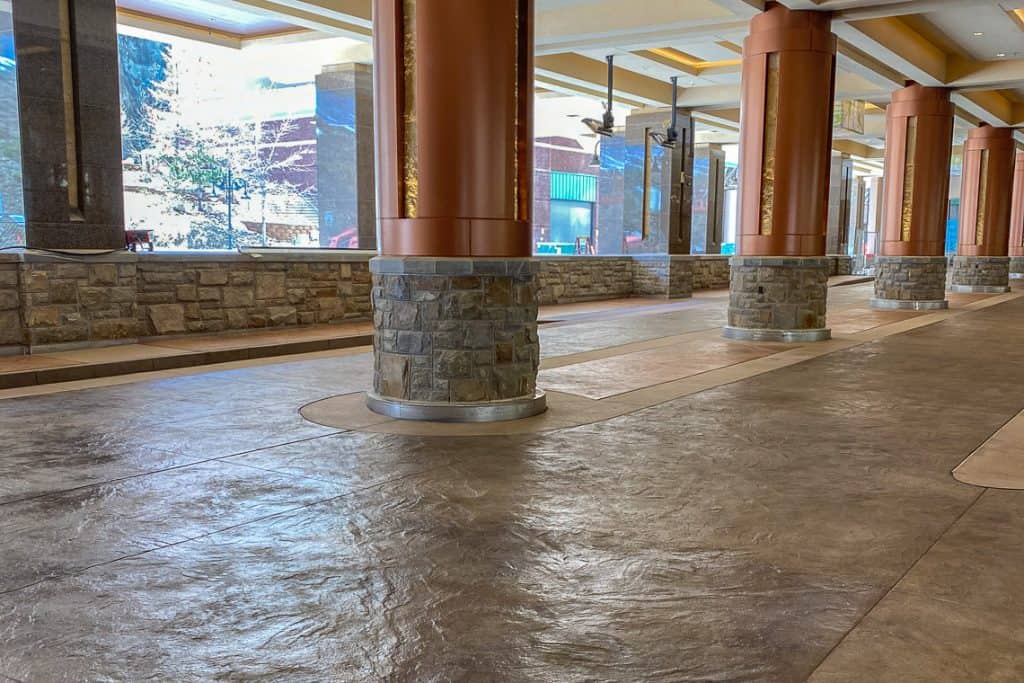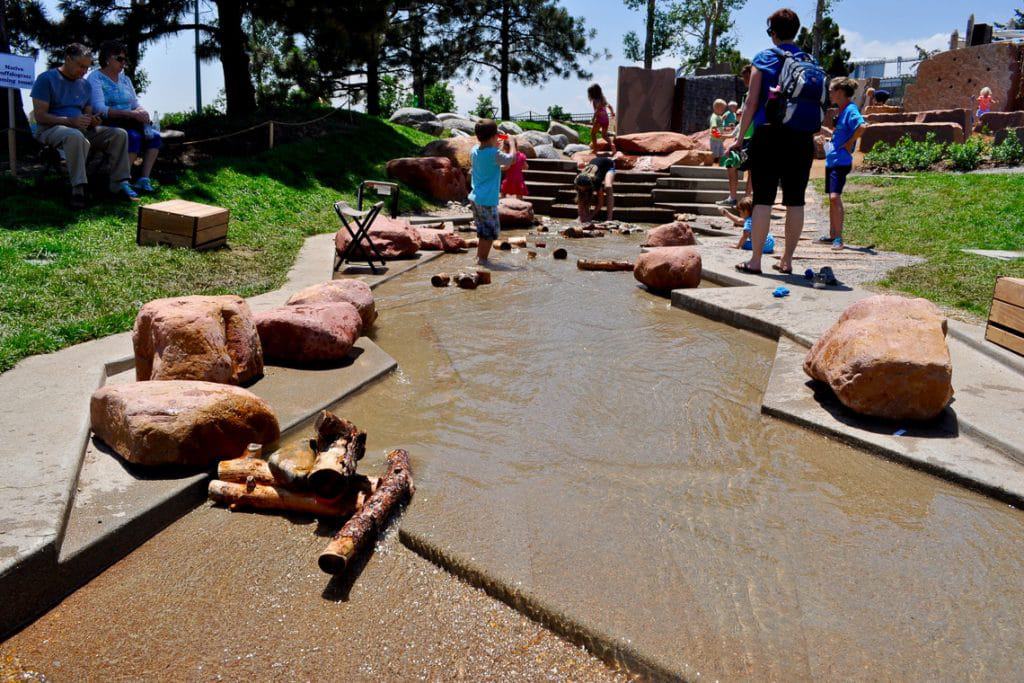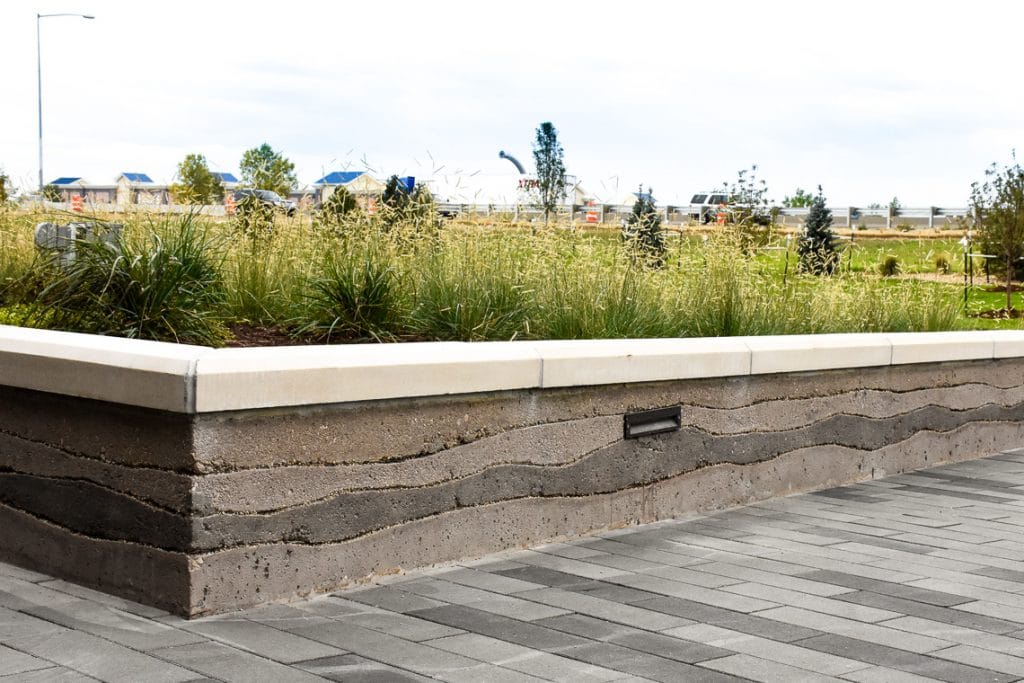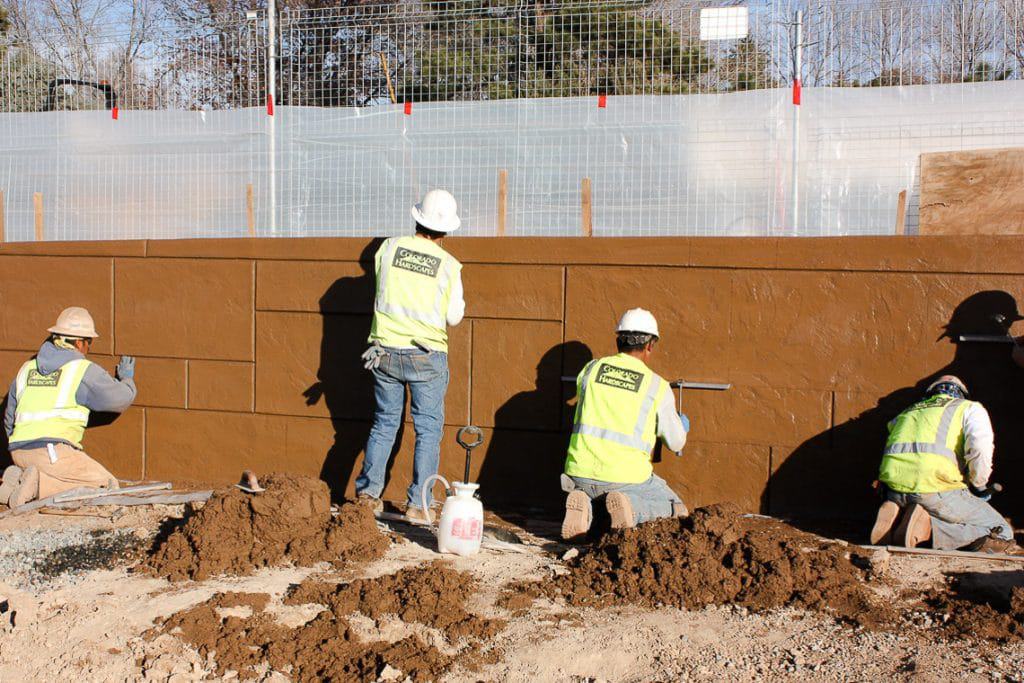The right concrete sealer can make all the difference in a project. Whether you’re looking to create a decorative sheen or to protect against stains, there are tradeoffs to look at before making your choice. It pays to consider your options when it comes to selecting the best concrete sealer for your particular project.
Landscape architects and general contractors are commonly faced with the challenge of selecting the right concrete sealer for their projects. With so much riding on this decision, it’s critical to be informed before you specify a sealer.
In this blog post, we will take a look at various types of concrete sealers while highlighting the potential benefits and drawbacks each one offers. Armed with such information, you can make the choice best suited to your needs. Let’s dive into our exploration!
Identify your project needs – what qualities do you need in a sealer?
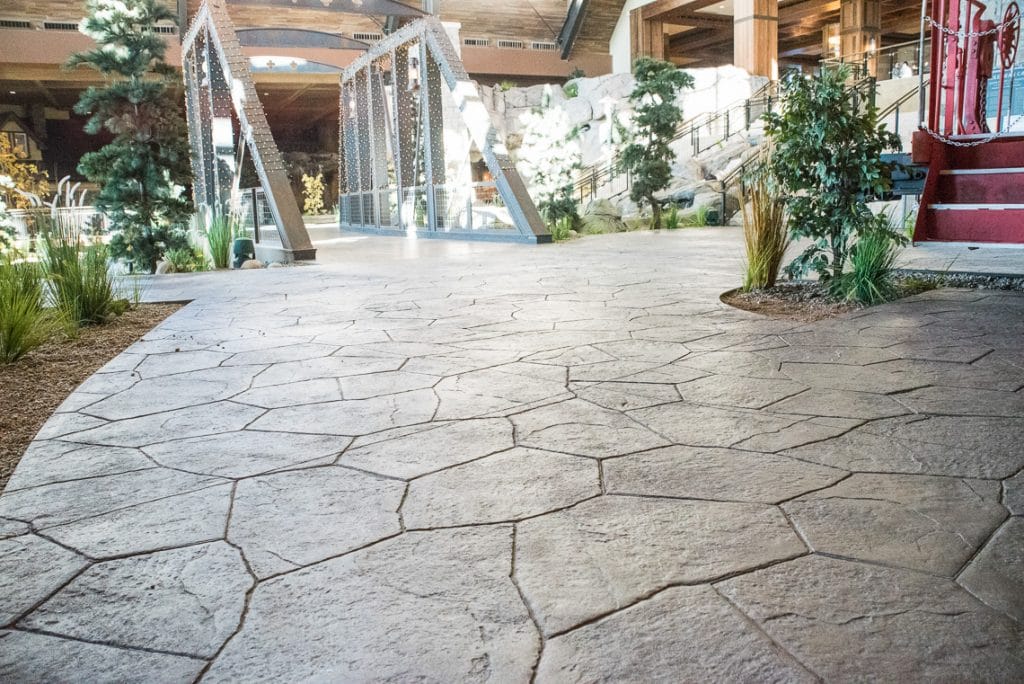
When it comes to selecting a sealer for your project, there are a few key qualities to keep in mind. Firstly, it’s important to consider the specific type of project you’re undertaking – is it a high-traffic area? Do you need a sealer that is moisture-resistant?
On the other hand, are you looking to add decorative, contrasting bands? Do you like the look of a high-gloss finish?
Pros and cons of each type of sealer & their ideal use cases
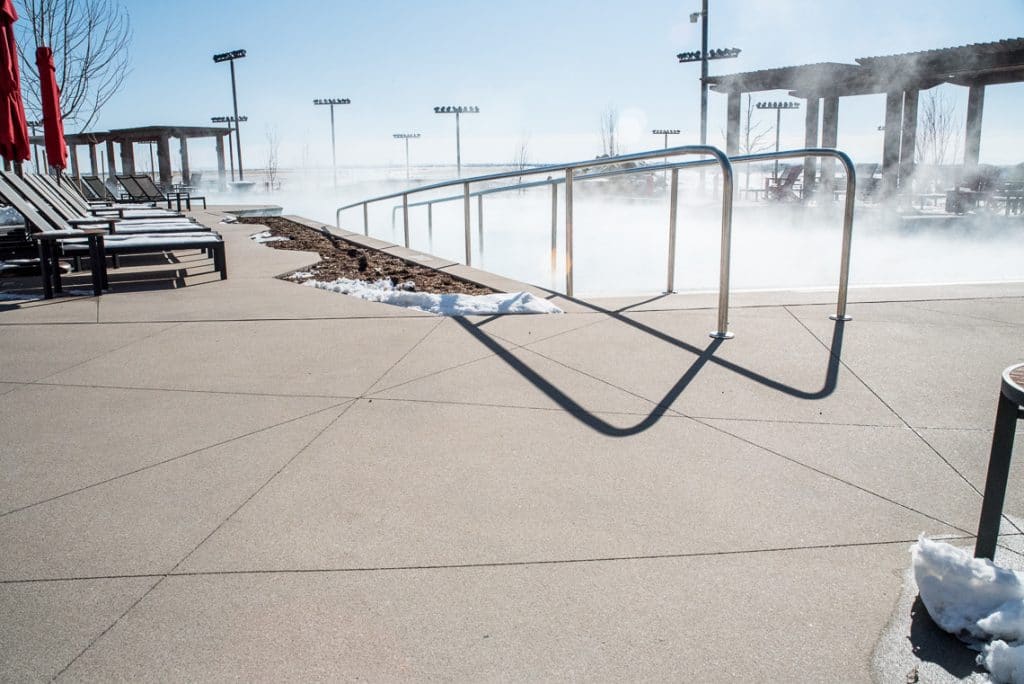
Sealers protect and enhance the appearance of concrete surfaces. In general, sealers can be classified into two categories – topical sealers and penetrating sealers. Let’s dive into summaries of their specific qualities and how they are most commonly used.
Topical Sealers
Topical sealers form a protective film on the surface of the concrete, some of which include, acrylic, epoxy, polyurethane, and polyaspartic sealers. These sealers have more of a high-gloss, laminated appearance and are more susceptible to whiting, debonding, and slip hazards.
- Acrylic sealers – Most commonly used sealer types. Based on acrylic polymers and are easy to apply. Resistant to UV radiation. Ideal for darkening the color and providing a decorative element to concrete surfaces.
- Epoxy sealers – Provides excellent resistance to chemicals, abrasion, and stains, making them suitable for industrial and commercial applications. Forms a durable coating. Used in high-traffic areas.
- Polyurethane sealers – Best suited for surfaces exposed to heavy use and abrasion. Offers excellent resistance to moisture and staining.
- Polyaspartic sealers – Fast-curing sealer suitable for projects with short turn-around time. Widely used on commercial and industrial projects. UV resistant and prevent fading or yellowing of the surface.
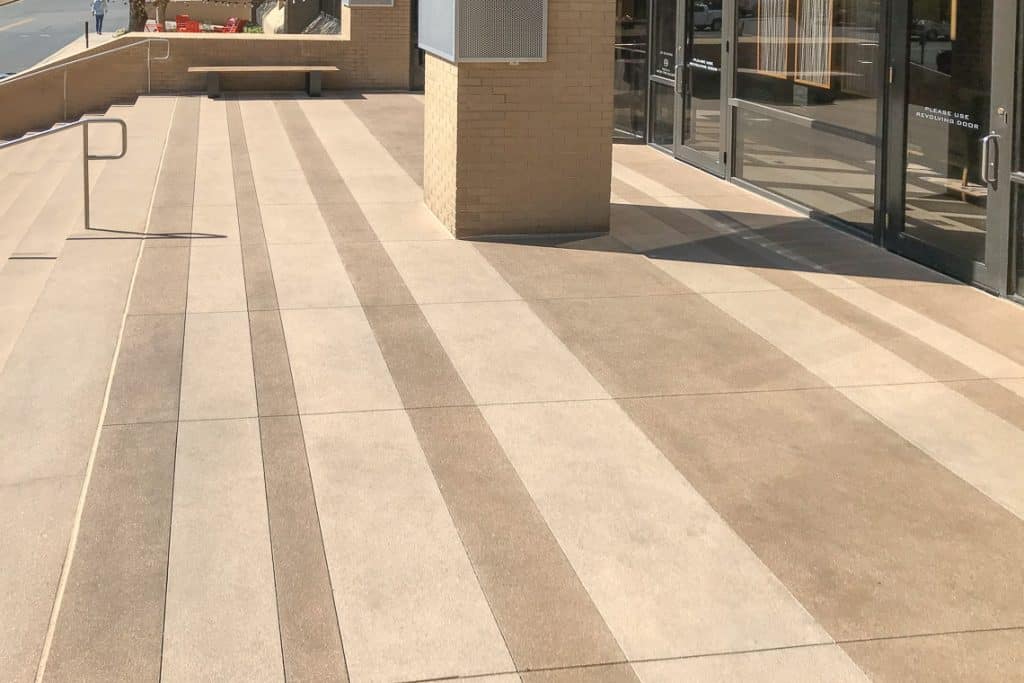
Penetrating Sealers
Penetrating sealers do not change the appearance of the concrete surface. Instead, they penetrate into the concrete substrate and react with the free lime and calcium hydroxide present in the concrete pores. This creates a chemical bond that seals the pores and protects the concrete from within. These types of sealers protect porous concrete surfaces against water intrusion and other environmental factors. Penetrating sealers include silicate, silane, and siloxane sealers.
- Silicate sealers – Reacts with the free lime in concrete and form calcium silicate hydrate crystals that block the pores. Great choice for densifying and hardening concrete and preventing efflorescence.
- Silane and siloxane sealers – Suitable for protecting surfaces from moisture damage, freeze-thaw, and chloride ion intrusion.
For most, the ideal sealer should protect against stains and hold up to weather conditions, all while trying to preserve the original color and texture of the concrete. Colorado Hardscapes prefers to use a water-based single-step sealer on our concrete projects due to its optimal balance of protection and preservation of the concrete’s natural appearance. This type of sealer has undergone rigorous research and experimentation and is considered to have the least amount of tradeoffs compared to other sealers in the market.
Longevity of Concrete Sealers

When it comes to the longevity of concrete sealers, they can vary greatly depending on a number of factors. Foot traffic, sun exposure, and other environmental elements can all play a role in how long a sealer will last. Some sealers may only provide protection for as little as six months, while others can last as long as 20 years, but on average, most sealers will last between 5 and 7 years.
At Colorado Hardscapes, our team has spent a significant amount of time researching and testing a variety of sealers to find the best options for our clients and their specific needs. If your sealer does start to wear through, it is important to strip the old sealer before applying a new one, as it will not bond properly otherwise.
Do sealers actually protect concrete?
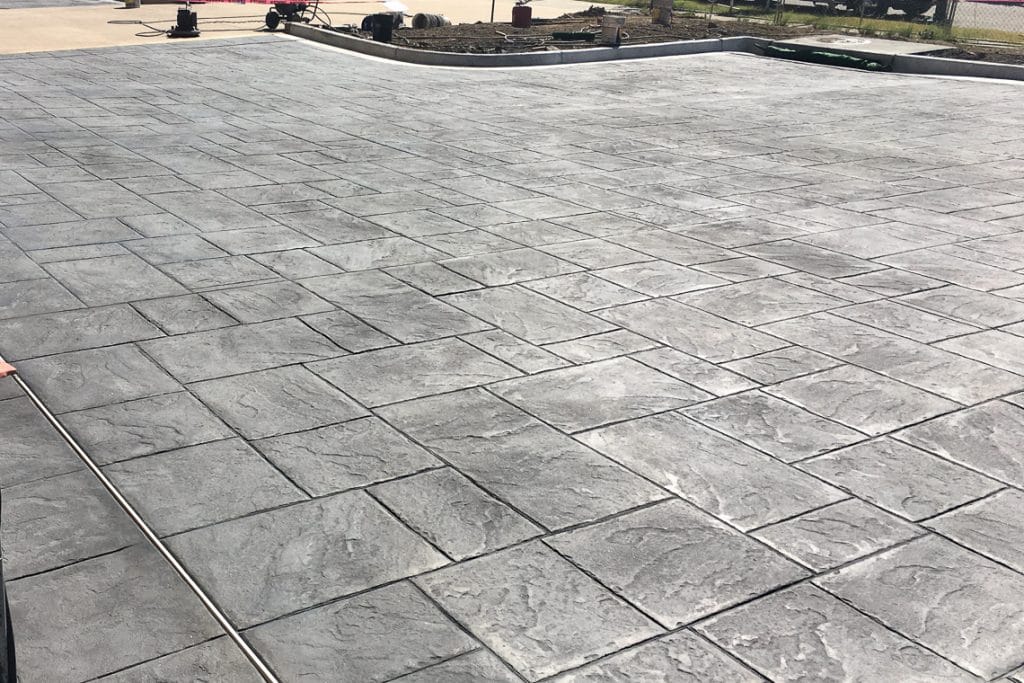
Concrete sealers are widely used for their ability to protect concrete surfaces from stains caused by oils, spills, and other substances. While they do offer a degree of protection, it is important to understand that sealers are not a complete solution for guarding concrete against stains. Instead, they provide a temporary barrier, giving owners some time to clean up potential stains before they penetrate the sealer. It is important to carry out regular cleaning and maintenance to ensure the longevity and integrity of the concrete surface.
Make sure your concrete looks good before you apply a sealer
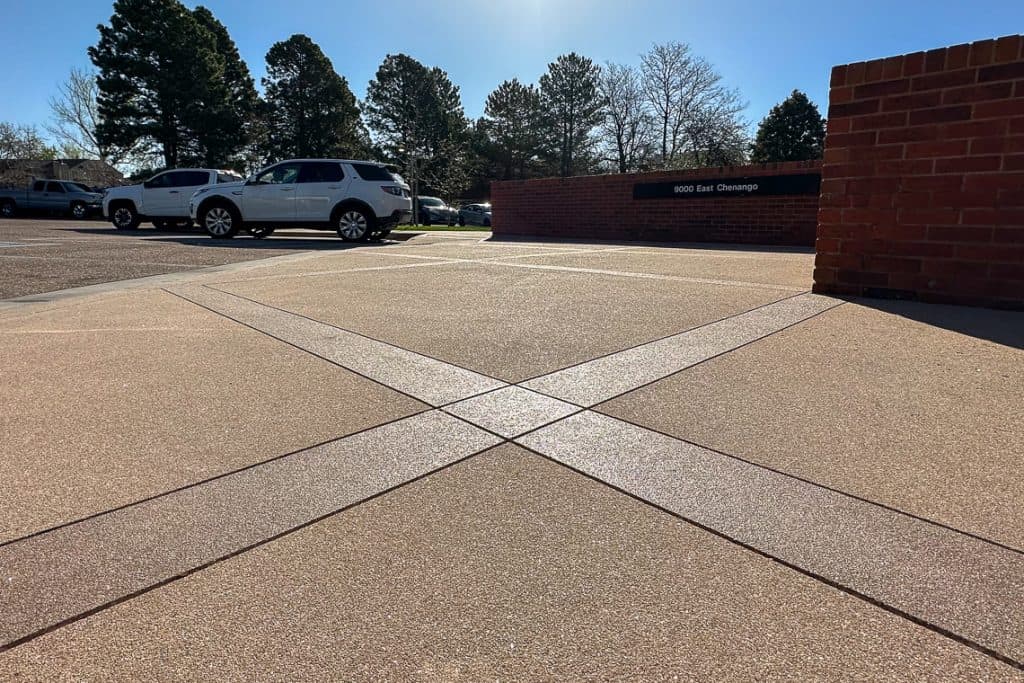
It’s common knowledge that concrete sealers add a glossy finish to the surface of your concrete, potentially enhancing its appearance. However, it is essential to remember that sealers cannot cover up any imperfections or flaws in the concrete’s surface. Thus, before applying any sealer, the concrete must look good in the first place. Investing in a contractor that will make sure your concrete looks good on its own before applying a sealer is critical for an attractive, long-lasting surface.
If anything, know this…
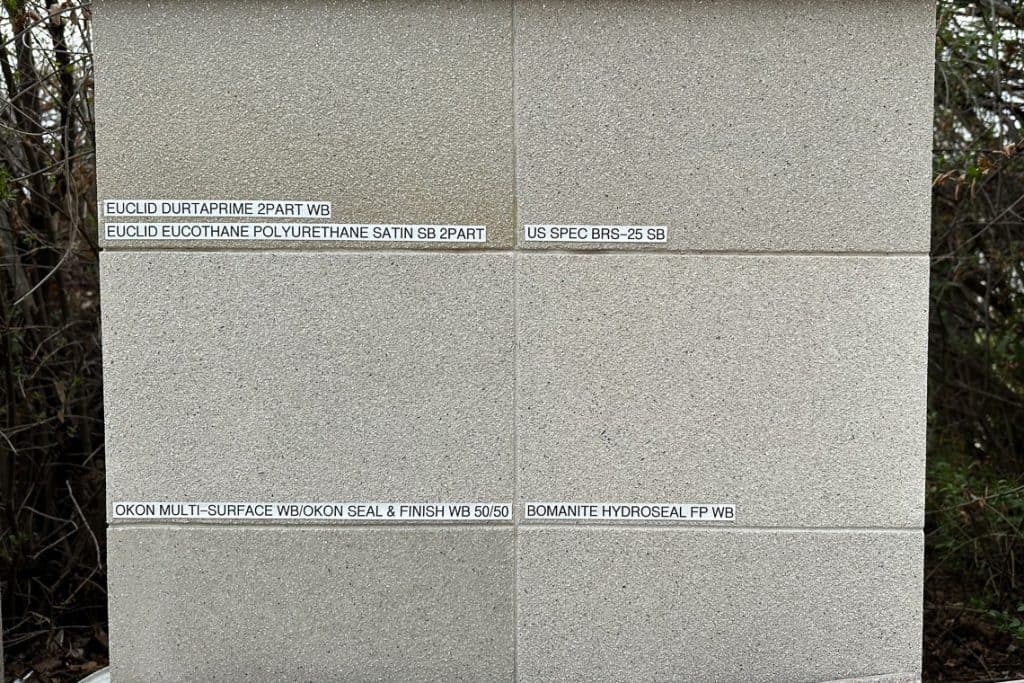
In conclusion, it’s important to remember that different concrete sealers offer different advantages and disadvantages for different projects. When choosing a sealer for your project, make sure to do proper research and identify what qualities you need in order to ensure that the sealer is a good fit for the job at hand.
And lastly, if you’re unsure about which type of sealer would be the best for your project, don’t hesitate to consult with one of our professionals. Our experience with selecting concrete sealers is researched and has been proven to work with the clients we’ve collaborated with!
Email: [email protected]
Phone: 303-750-8200

